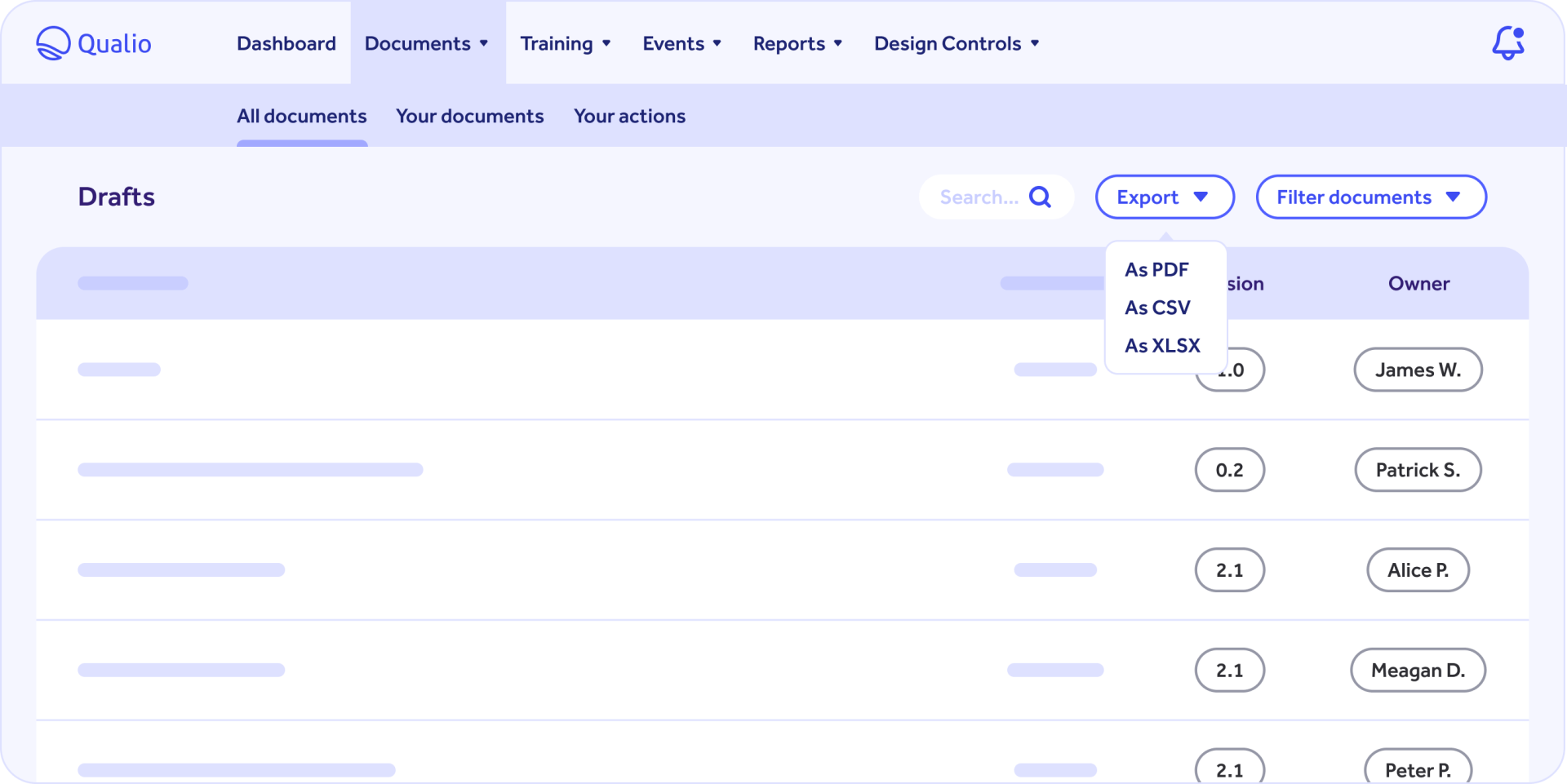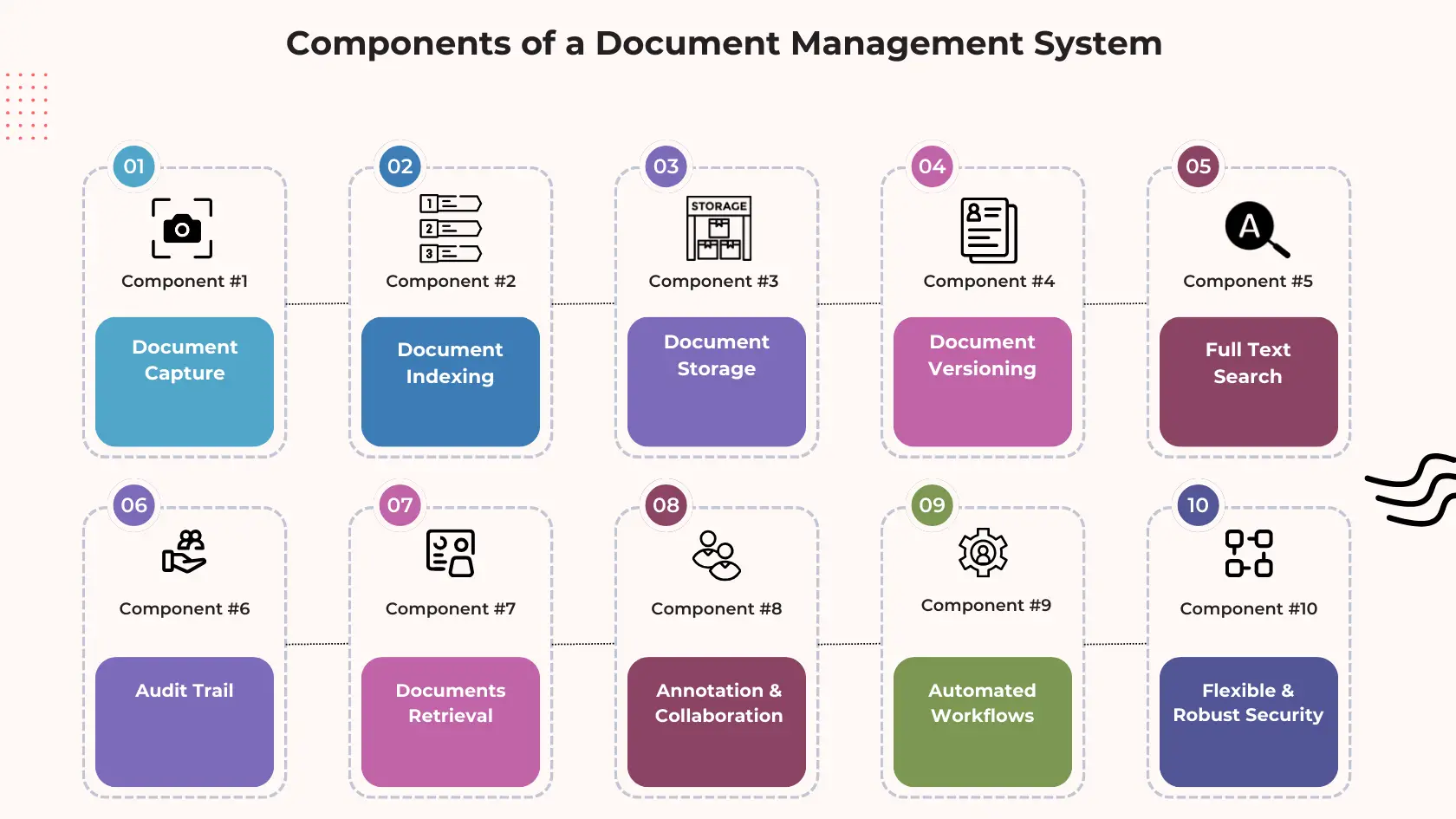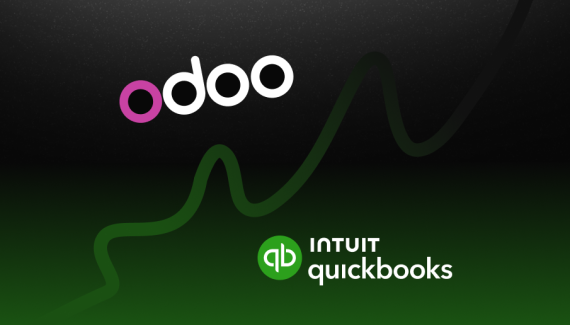A company without document management software is like a ship without a rudder, drifting erratically in an ocean of information chaos. If your company doesn’t have a reliable DMS solution, now is the best time to implement one. This type of software is designed to organize, store, track, analyze, and manage an organization’s documents and files as efficiently as possible.
In this article, we will talk about the main benefits and key features of developing a custom document management system (DMS). And, of course, we’ll cover how to develop the best bespoke DMS for your business. When you’re ready, let’s dive in.
How a Document Management System Optimizes Business Processes and Expenses?
Regardless of the format, size, or field of activity, any company needs a document management system. Experts predict that the DMS market will grow to a record $10.17 billion by 2025; in 2019, this amount barely reached $4.8 billion. 13.4% growth for the last five years. Isn’t that impressive? But how exactly can the software optimize business processes and expenses?
Save Your Time and Money
Literally, you can save your money on paper, office equipment, and other stuff like that. The DMS helps reduce reliance on paper-based processes and short document printing, storage, and distribution expenses. You don’t have to spend your budget buying printers and scanners, renting a warehouse, ordering office supplies, etc.
Prevent File Loss
Is it possible to protect the documentation from loss due to technical failures? Yes, if you have a reliable document management system. DM software has a few mechanisms to protect your data from system crashes or security breaches.
- Data backup and recovery. You can restore documents in the event of technical failures.
- Cybersecurity protection. Documents are protected from unauthorized access or cyberattacks.
- System reliability and performance. The likelihood of system downtime or performance issues is as low as possible.
Let’s take a look at the example. Consider a manufacturing company that relies on a DMS to manage product specifications and quality control documents. Frequent system crashes lead to delays in production, missed deadlines, increased operational costs, and so on.
Reliable software can handle the company’s document management needs without interruption. What is the outcome? Business operations are performing smoothly and without financial losses.

Routine Tasks Automation
Usually, employees spend a lot of their working time on tedious, routine tasks that could be automated. DM system is handy when it comes to document routing, approval workflows, notifications, etc. Consequently, your employees can focus on more value-added activities.
Looking for a reliable technology partner?
Accelerate your tech projects with our offshore development team. Flexible engagement models, tailored to you.
Schedule a callBoost Team Collaboration
You sure want to have productive employees who get along with each other and perform their tasks at the highest quality level. But sometimes, business owners have a different kettle of fish. Imagine that you received the final document, but you cannot track who made changes and possibly mistakes. It’s pretty frustrating, isn’t it?
Using document management software, multiple users can access, edit, and review documents simultaneously. It results in better team communication and collaboration than traditional document-sharing methods like email or paper-based systems.
Analytics and Insights
Moreover, you’ll get detailed analytics on various types of documents used in your business. Measure employee productivity. Track document usage patterns and compliance metrics. This way, you have the perfect opportunity to identify areas for improvement and make informed decisions to optimize business processes further.
What Are the Key Features of Document Management Software?
Determine what your business needs first. Analyze what tasks your employees are dealing with most often. After that, choose the features of your system. Let’s look at the typical ones DMS cannot do without.
Workflow Automation
This feature is responsible for automating document-driven processes like approvals, alerts, recollections, or reviews. Documents are routed to the right people at the right time.
Version Control
Users can access previous versions of the document. You and your employees will understand what changes were made, who worked on the document, and what operations were performed.

Collaboration Tools
Custom document management system allows team members to edit, comment, analyze, and share documents. An important nuance is that the business manager can set access to documents either for everyone or for specific groups (for example, for the billing team).
Backup and Disaster Recovery
Regardless of the specifics and tasks of your business, you should be sure that accidentally lost documents can be quickly recovered. Implement this feature, and it won’t be a problem anymore.
Coherent File Structure
Organize all your documents in a logical, hierarchical manner. The data can be categorized into folders and subfolders and tagged to help users locate specific files quickly.
Cross-Device Document Accessibility
Compatibility across various devices (desktops, laptops, tablets, smartphones) is a must for your document management software. That way, users can work remotely or from an office and easily access, modify, and share documents.
Third-Party Software Integration
Make your document management software more useful and efficient than ever before. The modern system can be seamlessly connected with various business applications, such as CRM and ERP, email clients, and other productivity tools.
Let’s discuss your project
Drop us your idea to know how the SmartTek developers team can help you with its tech implementation.
Contact usHow to Build Your Own Document Management System?
Finally, we came to the main question. As you can understand, the document management system is quite complex and requires a comprehensive approach. Let’s get acquainted with the sequence in which the DMS is developed and implemented.
Analyze Your Current System
At the very beginning, you should evaluate the existing document management process to understand the challenges and inefficiencies you face. Collect insights from future users of the DMS. Ask what features they need and what would make the system useful for them.
Define Requirements and Objectives
Identify the specific needs and goals of your organization. Consider what problems you aim to solve with tailormade document management system. Determine the types of documents you will manage, the required access levels, and any regulatory compliance needs.

Set Budget and Schedule
Determine the financial resources available for the project. Set a realistic timeline. We recommend considering milestones for critical stages such as feature completion, beta testing, and go-live.
Development and Testing
Pay your cards right and entrust this important task to a trusted contractor. An experienced developer can help with a strategy that covers all the pain points you identified in the first stage. As a result, you’ll get a detailed technical task.
Here is a list of nuances that should be taken into account.
- Hosting (cloud-based or on-premises).
- Structure for storing documents.
- Programming languages and frameworks.
- Database management.
- Front-end technology (user interface).
- Core and additional features.
Last but not least is testing. The developer examines whether all planned functions work correctly, identifies potential problems and bugs, and implements solutions to prevent them. Afterward, the contractor should organize employee training and teach your personnel to work with the new DMS.
Summing Up
Now you know what benefits custom document management software development can bring and where to start. However, you should also understand that success depends on the expertise and experience of the developer who will perform the task.
Contact us, and together, we will craft a reliable and efficient customized DMS for your business.





 view the post
view the post
 view the post
view the post

